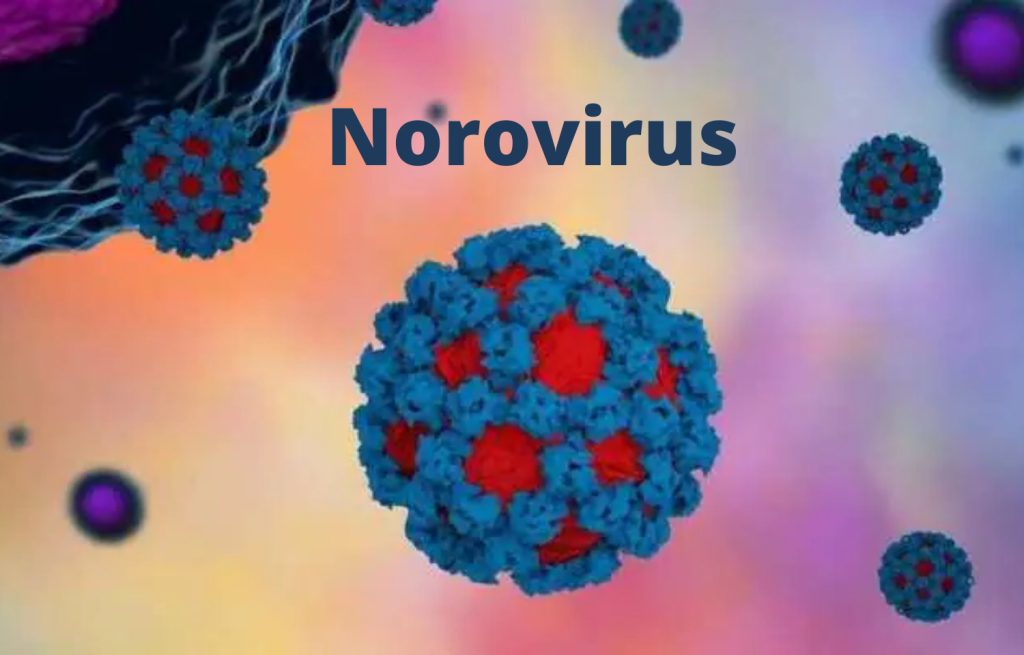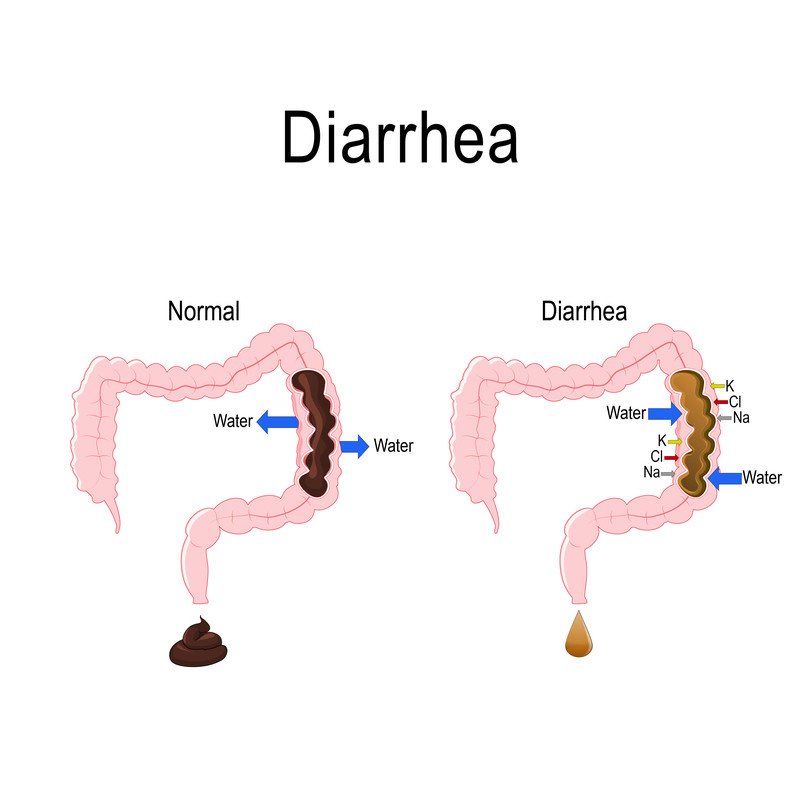What is the maturity period of infection called Norovirus?
The stomach and intestinal virus known as norovirus is extremely contagious. Direct or indirect contact with an infected person is all that is necessary for it to spread. In crowded places like hospitals, schools, and daycare facilities, it can spread swiftly.
The majority of people have some knowledge with norovirus. It affects the stomach and digestive tract frequently. Since the norovirus can be acquired from consuming tainted food, it can potentially cause food poisoning. Regardless of how you obtain it, the outcomes remain the same.

Vomiting and watery, non-bloody diarrhoea are the norovirus’s signature signs and symptoms. These symptoms might appear anywhere between 12 and 48 hours after exposure and continue up to three days. The majority of patients fully recover.
There is no specific therapy other than rest and rehydration. Dehydration is the most important problem. The norovirus can be dangerous and even fatal in extremely young children, elderly people, and those who already have other health issues.
There are numerous norovirus strains, so having one doesn’t shield you from contracting it again. By washing your hands thoroughly and regularly, you can reduce the chance of spreading disease.
With 685 million cases worldwide each year, norovirus is estimated to be the most common cause of acute gastroenteritis. Gastroenteritis is an infection and inflammation of the gastrointestinal tract brought on by any infectious agent, such as bacteria or viruses. Up to 21 million infections are brought on by norovirus each year in the United States.
How contagious is Norovirus?
The virus can remain shed for up to 8 weeks. This indicates that there is a possibility that you could harm other people. Over time, it normally becomes less contagious.
Once you have been symptom-free for 48 hours, you can often go back to work or school. Workers in the food service industry are typically advised to wait 72 hours before handling food.
Norovirus causes
When you come into contact with the virus, everything begins. It can be hiding on the food you eat. Or perhaps you grip someone’s hand or touch a contaminated light switch before touching your mouth or nose. Those minute particles enter your body at that point.
As the particles go down your oesophagus, you are unaware of it. They enter your intestines after passing through your stomach. The intestines are where noroviruses thrive and appear to reproduce quickly. Your immune system is alerted to the existence of outside intruders in the interim. To eliminate them, it orders an army of antibodies.
Within one to three days, your antibodies will often declare victory over the infection. However, the virus may continue to leave your body for up to two weeks or more.
Symptoms of Norovirus
After being exposed to the virus, symptoms of infection typically appear somewhere between 12 and 48 hours later. They might be modest to really severe. Norovirus symptoms include, among others:
- nauseous and dizzy
- abdominal discomfort or cramps
- diarrhoea
- minimal fever
- chills
- headache
- widespread body pain
The typical duration of symptoms is 24 to 72 hours. If symptoms continue after that or if you notice blood in your faeces, consult a doctor. Dehydration brought on by severe diarrhoea needs to be treated as a medical emergency. Dehydration symptoms and signs include:
- throat and mouth are dry
- reduced urine production or dark urine
- newborns shouldn’t have a damp diaper for 6–8 hours.
- no urine for children in 12 hours
- darkened eyes
- drowsiness and exhaustion
- headache
- dizziness
- uncertainty and sluggishness
- quick heartbeat
When a child sobs but doesn’t actually cry, they are likely severely dehydrated. Seek immediate medical attention. They may also appear picky and agitated.
Dehydration poses a serious risk to life, particularly for the following populations:
- individuals with compromised immune systems
- individuals with current medical conditions
- the elderly and the young
- beneficiaries of organ or stem cell transplants
According to estimates, the virus may occasionally—roughly 30% of the time—cause no symptoms at all. Children are particularly prone to this.
Norovirus maturity period
You most likely won’t be aware that you have a norovirus until after contact. You can catch it via eating contaminated food or from contacting a contaminated surface. It can also be acquired through interpersonal interactions. You can easily transfer it from your hands to your lips once they are clean.
The incubation period, also known as the interval between first encounter and the onset of symptoms, typically lasts between 12 to 48 hours, with 33 hours serving as the median.
Nausea could be your first indication that something is wrong. Watery diarrhoea, stomach pain, and sudden vomiting are possible side effects. If done within 48 to 72 hours of the onset of symptoms, the virus can be detected in a sample of your faeces, if necessary. Norovirus can occasionally be found in stool for up to 14 days or more.
You can spread the virus to others as long as it is still present in your stool. Given that the virus only needs a minimal amount to induce disease, doing so is simple. Even if you don’t have any symptoms, you can still spread the infection to other people.
REFERENCES:
- https://www.healthline.com/health/norovirus
- https://www.webmd.com/food-recipes/food-poisoning/norovirus-symptoms-and-treatment
- https://www.mayoclinic.org/diseases-conditions/norovirus/symptoms-causes/syc-20355296
For more details, kindly visit below.
